It's that time of year....report cards!
The Full Day Kindergarten program in Ontario refers to them as "Communication of Learning", and reflect the child’s learning and growth in relation to the overall expectations in each of the four
frames.
They can be very overwhelming and confusing, but if you have some basic tools in front of you, I promise life becomes easier!
SO HOW DO I GET STARTED WRITING THEM?
I like to lay out all of the materials that will help me: my Kindergarten Guide (full of report card comments and more!), each student's portfolio, inquiry binder/notes, anecdotal notes (I carry a binder around and add notes for each student) and my iPad.
I USE POWER POINT
Yup, you read that right! I actually open up a file on PowerPoint and layout each of the 4 frames, per student, so that I can quickly flip between students if there are comments that can be shared. See photo above. Once I'm done, I can quickly copy and paste into the report card program. I also love that they are now saved on my computer so next term, even next year, I can access them quickly to see what I wrote about that student and make sure I don't write the same thing!
*I have an editable PowerPoint template ready to go in my Kindergarten Guide so you can type your students names and cut/paste comments directly into that!*
GET YOUR NOTES READY
Throughout the year, you will have accumulated a variety of documentation and anecdotal notes on each of your students. I like to record things I notice or hear in a tabbed binder that I carry around everywhere. Literally everywhere! I even take this home each night because I can't lose it!
It has so much valuable information!
You can find a blank, editable version of this template in my Kindergarten Guide.
(There are 2 versions - religion is included for those teaching in Catholic schools)
*I have an editable PowerPoint template ready to go in my Kindergarten Guide so you can type your students names and cut/paste comments directly into that!*
GET YOUR NOTES READY
Throughout the year, you will have accumulated a variety of documentation and anecdotal notes on each of your students. I like to record things I notice or hear in a tabbed binder that I carry around everywhere. Literally everywhere! I even take this home each night because I can't lose it!
It has so much valuable information!
You can find a blank, editable version of this template in my Kindergarten Guide.
(There are 2 versions - religion is included for those teaching in Catholic schools)
THINKING ABOUT COMMENTS
Now here's where it becomes a personal choice - I like to work on one student at a time. I write the entire report for that student before moving onto the next. But my colleague is the opposite - she likes to write one frame for all students in her class then moves onto the other frame.
I use the comments right from the Kindergarten Guide to help me. There are over 300 comments included! I printed the sections and organized each in a binder so I can quickly flip through and choose the comments right for that student.
TIP: I printed this huge pack and placed everything in a binder. I tabbed the report card comments by frame and placed all the blackline masters at the back of the binder. Everything in one place! Easy!
*I just added the title pages for each of the 4 frames to the pack to make organizing this huge resource a little easier for you. If you own this product, go back and re-download!*
MAKING COMMENTS PERSONAL
So this is the tricky part...you want to make the comments personal, maybe even add a quote from the student, so where do you start?
I flip through the student's portfolio looking at documentation. What photos, notes, etc. do I have from that child that would reflect their thinking and learning?
In this photo, I set up a game called "Fill Your Cup" at the table. A few students came over to play. As they were playing, I took a photo and wrote a quote for each student using PicCollage.
TIP: If you have a photo with more than one student doing the activity, use the comment you write for all those students! You may want to change the qualifiers (and quotes!) but that makes life so much easier!
WHAT DOES DOCUMENTATION LOOK LIKE?
You can document in so many ways! As I mentioned above, I carry around my teacher binder all the time and jot down notes about students. I use my iPad for nearly all pictures (and sometimes I turn them into a PicCollage - where I add text so I know what the child is doing/saying), I have students take a picture of their work (i.e., loose parts story, block creation, art, etc.) and print it on half a page so they can write on the bottom, etc.
You can find an entire section on how and what I use to document, along with the template I use in my binder, also in my Kindergarten Guide.
ASSESSMENT
Using assessment is also very valuable - what does the child know? How do they show their learning? What areas do I need to focus on for next week/month/term/year?
I use these assessment forms throughout the year and add them to my binder, filed under each student.
*Keep in mind that using these assessment templates reflects just one small part of the overall student.*
How else does the child communicate their understanding of something?
Here's an example of an assessment template I use for Canadian coins:
In this case, I would also want to observe the child playing with coins/money at the Dramatic Centre (for example). This will also give me insight as to what the child knows about money and I can use these notes I take on the reports.
I can also use this information to better plan moving forward - if there are a few children who still do not understand the concept, I will tweak my plans and revisit the concept.
You can find all of the assessment templates I use throughout the year for both literacy and math, as well as diagnostic assessments, in my Kindergarten Guide.
PROVOCATIONS
Provocations and centres are a great help in writing report cards!
I like to set up activities around the room to provoke students, spark an interest and see where it can lead. Many notes and photos I place in each student's portfolio comes from the student visiting and exploring these activities!
I have a whole section on provocations (setting them up, taking notes, sample report card comments, etc.) in my Kindergarten Guide.

I like to have students reflect on these questions:
What do you see?
What do you think?
What do you wonder?
Here's a closer look at what I mean:
I have a whole bunch of pictures of provocations I set up in my classroom that are simple and easy to do. I have also included which frame you could link comments/quotes to as well as examples straight from my own report cards!
Everything you see above (over 300 report card comments organized by both frame and category, editable templates, photos, examples, and more!) can be found in my NEW Kindergarten Guide for the Ontario Kindergarten Program. This huge pack has taken me nearly a year to complete, as I wanted to be sure to include concrete examples from my own experience.
Now here's where it becomes a personal choice - I like to work on one student at a time. I write the entire report for that student before moving onto the next. But my colleague is the opposite - she likes to write one frame for all students in her class then moves onto the other frame.
I use the comments right from the Kindergarten Guide to help me. There are over 300 comments included! I printed the sections and organized each in a binder so I can quickly flip through and choose the comments right for that student.
TIP: I printed this huge pack and placed everything in a binder. I tabbed the report card comments by frame and placed all the blackline masters at the back of the binder. Everything in one place! Easy!
*I just added the title pages for each of the 4 frames to the pack to make organizing this huge resource a little easier for you. If you own this product, go back and re-download!*
MAKING COMMENTS PERSONAL
So this is the tricky part...you want to make the comments personal, maybe even add a quote from the student, so where do you start?
I flip through the student's portfolio looking at documentation. What photos, notes, etc. do I have from that child that would reflect their thinking and learning?
In this photo, I set up a game called "Fill Your Cup" at the table. A few students came over to play. As they were playing, I took a photo and wrote a quote for each student using PicCollage.
TIP: If you have a photo with more than one student doing the activity, use the comment you write for all those students! You may want to change the qualifiers (and quotes!) but that makes life so much easier!
WHAT DOES DOCUMENTATION LOOK LIKE?
You can document in so many ways! As I mentioned above, I carry around my teacher binder all the time and jot down notes about students. I use my iPad for nearly all pictures (and sometimes I turn them into a PicCollage - where I add text so I know what the child is doing/saying), I have students take a picture of their work (i.e., loose parts story, block creation, art, etc.) and print it on half a page so they can write on the bottom, etc.
You can find an entire section on how and what I use to document, along with the template I use in my binder, also in my Kindergarten Guide.
ASSESSMENT
Using assessment is also very valuable - what does the child know? How do they show their learning? What areas do I need to focus on for next week/month/term/year?
I use these assessment forms throughout the year and add them to my binder, filed under each student.
*Keep in mind that using these assessment templates reflects just one small part of the overall student.*
How else does the child communicate their understanding of something?
Here's an example of an assessment template I use for Canadian coins:
In this case, I would also want to observe the child playing with coins/money at the Dramatic Centre (for example). This will also give me insight as to what the child knows about money and I can use these notes I take on the reports.
I can also use this information to better plan moving forward - if there are a few children who still do not understand the concept, I will tweak my plans and revisit the concept.
You can find all of the assessment templates I use throughout the year for both literacy and math, as well as diagnostic assessments, in my Kindergarten Guide.
PROVOCATIONS
Provocations and centres are a great help in writing report cards!
I like to set up activities around the room to provoke students, spark an interest and see where it can lead. Many notes and photos I place in each student's portfolio comes from the student visiting and exploring these activities!
I have a whole section on provocations (setting them up, taking notes, sample report card comments, etc.) in my Kindergarten Guide.

I like to have students reflect on these questions:
What do you see?
What do you think?
What do you wonder?
Here's a closer look at what I mean:
I have a whole bunch of pictures of provocations I set up in my classroom that are simple and easy to do. I have also included which frame you could link comments/quotes to as well as examples straight from my own report cards!
Everything you see above (over 300 report card comments organized by both frame and category, editable templates, photos, examples, and more!) can be found in my NEW Kindergarten Guide for the Ontario Kindergarten Program. This huge pack has taken me nearly a year to complete, as I wanted to be sure to include concrete examples from my own experience.
You can find this product HERE if you'd like to see more!



















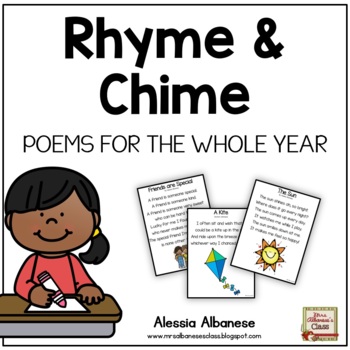

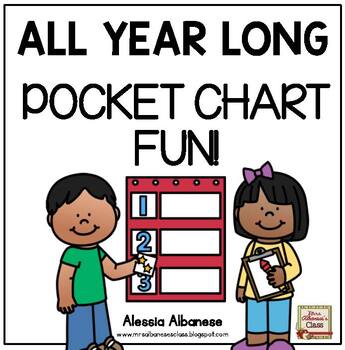
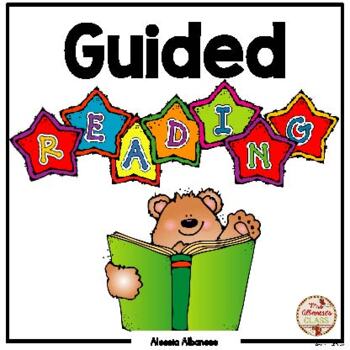
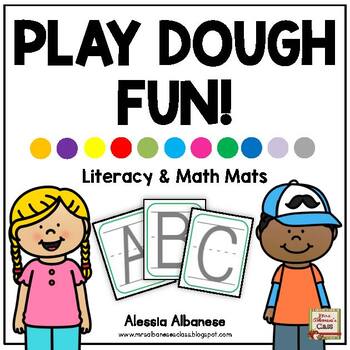

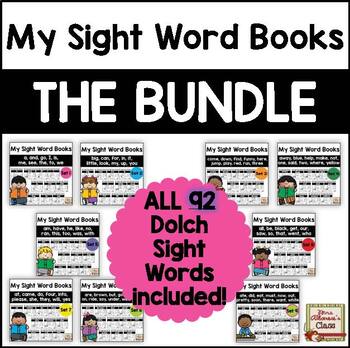

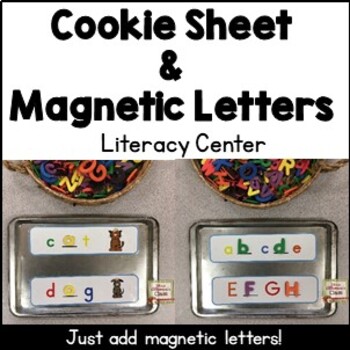
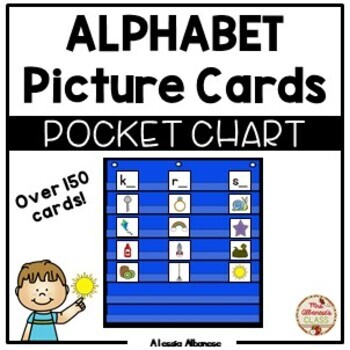





No comments
Thank you for visiting my site today. I love to hear comments and questions. If you read something that you want me to discuss with you via email, you can use the comment form at the top of my page.